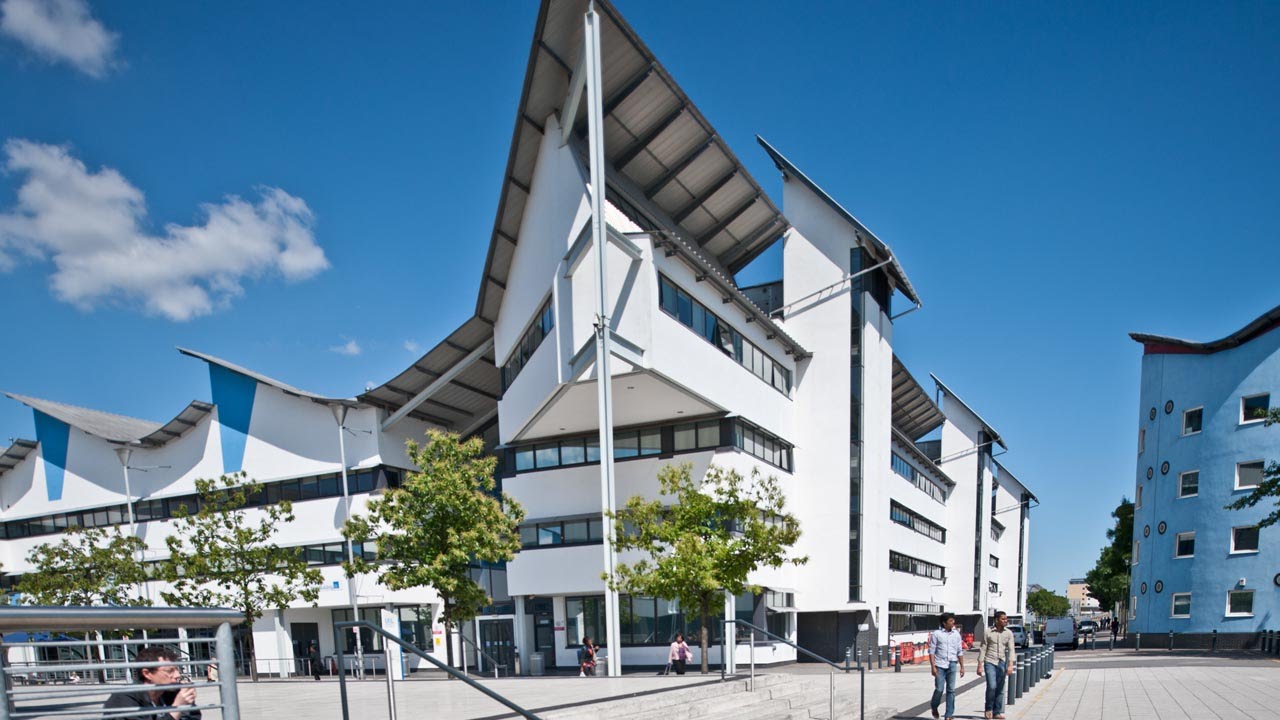UEL-Developed Material Takes Center Stage at Prominent Construction Conference
A team from the University of East London (UEL) has shown its Sugarcrete® material at one of Europe’s most important construction fairs. The UEL-developed material, a low-carbon alternative to bricks and concrete using sugarcane by-products, was discussed at the Build: From High to Low Tech conference, held in Porto, Portugal on 15 and 16 September 2023.
The conference, organised by Hinterland Architecture Studies, aims to promote new design and technology advances to mitigate the impact of climate change. Sugarcrete® combines bagasse, sugarcane fibres left over after sugar production, with sand-mineral binders to produce bricks that have a carbon footprint five times smaller than traditionally made bricks.
Armor Gutierrez, Senior Lecturer at UEL’s School of Architecture, Computing and Engineering (ACE) attended the conference as part of the UEL team presenting the latest developments in Sugarcrete® to industry experts. He said he was hopeful going to Porto had helped spread the word about the material,
This presentation allowed the project to reach a unique and specialised audience which could lead to further collaborations and opportunities for UEL.”
Another UEL attendee, Bamdad Ayati, Senior Research Fellow at ACE, was pleased about the attention Sugarcrete® received from sustainable building materials practitioners at the conference, but he said more support was needed to “increase the technology readiness level of Sugarcrete ® products and ensure their wider adoption by the construction industry.”
The material was developed by UEL’s Sustainability Research Institute (SRI), with the support of Tate & Lyle Sugars, and prototypes were made in partnership with Grimshaw Architects.
A brick made from Sugarcrete® is estimated to have eight times less embodied carbon than a normal brick, provided the material is developed locally in sugar cane communities and not transported.
Prototype testing conducted at UEL’s SRI laboratories also shows that Sugarcrete®️ Slab can offer an alternative to concrete slabs with carbon emissions 20 times lower than traditional concrete. The curing time to produce the UEL material is also one week compared to standard concrete which takes at least 28 days. It is hoped that large-scale Sugarcrete®️ Slab production could also be done at a substantially lower price than traditional concrete.
The Sugarcrete®️ project has been nominated for a string of awards, including the prestigious Earthshot Prize, while it has also been included in the material innovation category of the Dezeen Sustainability Award.

